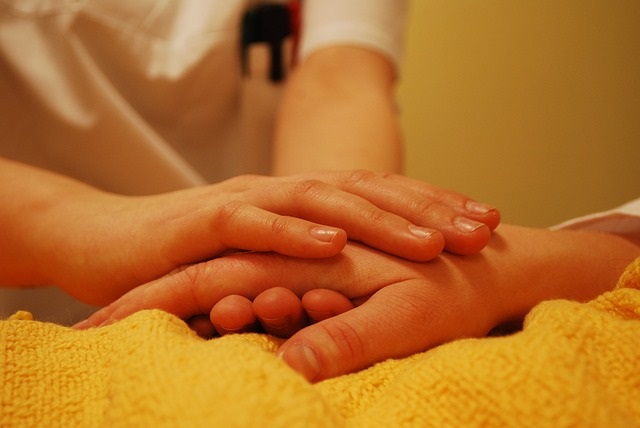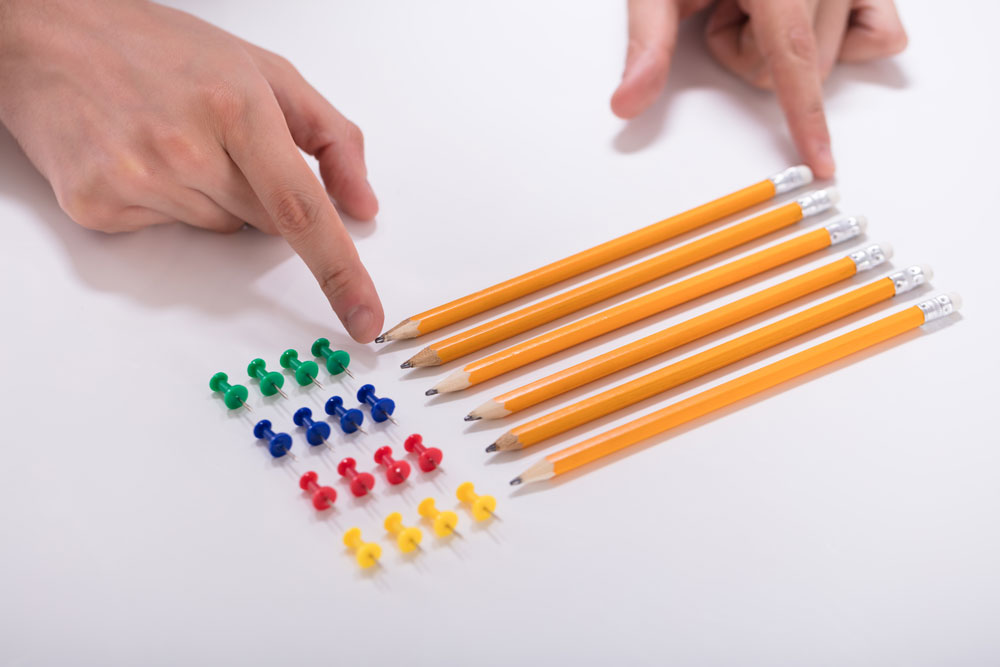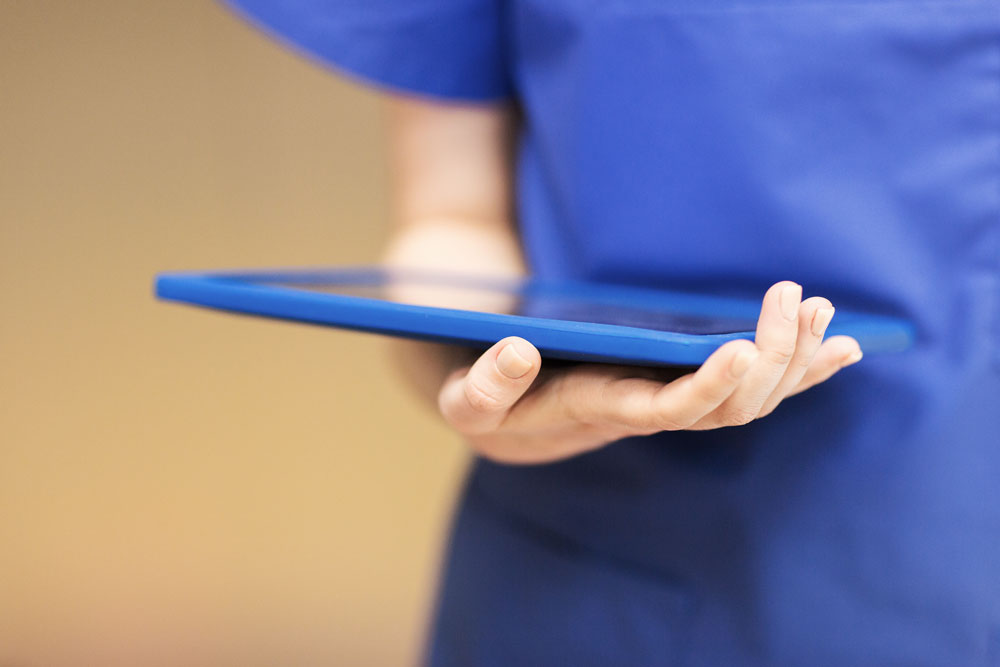Preventive work against pressure injuries in the nursing home: Tips and strategies for safe care
This article is written from a Swedish perspective. Hopefully, it can inspire interest from other countries.
Pressure injuries, also known as pressure sores, are injuries that can occur when the skin and underlying tissue are subjected to prolonged pressure. For elderly people in a residence, these injuries can lead to pain, infections, and reduced quality of life. Through good preventive work, the nursing home can reduce the risk of pressure injuries and provide the residents with a safer and more comfortable everyday life.
 Bild: Pixabay
Bild: PixabayWhat are pressure injuries?
Pressure injuries are damages to the skin and tissue caused by prolonged pressure on exposed body parts, such as hips, sacrum, heels, and elbows. Older people are particularly vulnerable to pressure injuries because their skin is often thinner and their blood circulation poorer. Pressure injuries develop gradually but can be avoided through careful care and attention to risk factors.
Risk factors for pressure injuries
There are several factors that can increase the risk of pressure injuries in elderly residents:
- Decreased mobility – People who have trouble changing position on their own are at a higher risk of pressure injuries.
- Impaired circulation – Elderly people with poor blood circulation are particularly susceptible to pressure injuries.
- Dry or fragile skin – As we age, our skin becomes thinner and more sensitive, making it more prone to injury.
- Some medical conditions – Diseases like diabetes, heart disease, and malnutrition can increase the risk of pressure injuries.
How nursing homes can work preventatively
There are several measures that a nursing home can implement to prevent pressure injuries in residents. By training the staff, using the right equipment, and working systematically, the risk of pressure injuries can be reduced.
Regular repositioning of the residents
One of the most effective methods to prevent pressure injuries is to regularly change the residents' position. By turning and repositioning people who spend a lot of time in bed or in a wheelchair, pressure can be relieved from exposed areas. A schedule for repositioning can be helpful for the staff to ensure that everyone receives the care they need.
Use of pressure relieving aids
There are a number of aids that can reduce the pressure on exposed body parts and thus prevent pressure injuries. Examples of these are pressure-relieving mattresses, pillows, and seat cushions. By using these aids adapted to the individual's needs, the nursing home can reduce the risk of pressure injuries.
Skin care and inspection
Regular skin checks are important to early detect signs of developing pressure injuries. Dry skin should be moisturized, and special attention should be given to areas where the skin is particularly vulnerable. Daily skin inspections by the staff can help detect red or sensitive areas before they develop into more serious injuries.
Training and competence development for the staff
To ensure that preventive measures against pressure injuries work, it is important that all staff at the nursing home have the right knowledge and training. Through regular competence development, the care staff can receive practical training in preventing pressure injuries and learn more about risk factors, early warning signs, and how they can help prevent injuries.
Training can also give the staff better insight into how different aids should be used and when it is time to contact licensed personnel if a resident's skin needs further care or treatment.
Collaboration between care staff and licensed healthcare professionals
To work effectively against pressure injuries, it is important that care staff and licensed healthcare professionals collaborate and share information. Licensed professionals like nurses and occupational therapists can make individual risk assessments and give advice on how to best prevent pressure injuries. Through collaboration, the entire team can ensure that everyone receives the right interventions and that potential risks are detected and managed in time.
Documentation and follow-up
An important part of the preventive work is to document actions and inspections made to reduce the risk of pressure injuries. With clear documentation, the staff can see which interventions have been carried out and follow up on these. Documentation can also help identify patterns or needs for additional support for certain individuals.
The importance of creating a safe and secure environment
Good preventive work against pressure injuries requires commitment and structure. When the nursing home has clear routines for how to prevent pressure injuries, along with trained staff and the right aids, the risk of residents suffering unnecessary pain decreases. By creating a safe and secure environment, the nursing home shows care and respect for the residents' health and well-being.
Use quality registries
Working with the Norton scale is evidence-based care. This means that those who do not do so are not working according to science and proven experience. The operation can receive good support in working with the Senior Alert to secure the routines around preventing pressure ulcers.
Summary
Preventing pressure injuries is an important part of the care at the nursing home. By regularly repositioning the residents, using pressure-relieving aids, inspecting and caring for the skin, and ensuring that the staff has the right skills, the risk of pressure injuries can be minimized. Collaboration, documentation, and committed work are keys to succeeding with preventive work against pressure injuries and creating a safe environment for all residents.
Reflection questions - prevent pressure injuries
Care staff:
- How often do we check the residents' skin to early detect signs of pressure injuries? Are there routines to do this daily?
- In what ways can we improve the repositioning of the residents to reduce the risk of pressure injuries?
- How comfortable are we with using and adjusting pressure-relieving aids? Do we need more training or support around this?
Manager, nurse, occupational therapist, and physiotherapist
- How can we support the care staff in maintaining routines to prevent pressure injuries, for example through training or scheduling?
- What types of pressure-relieving aids are available at the residence, and how do we ensure that these are accessible and used correctly?
- How do we ensure continuous and structured documentation and follow-up of preventive measures against pressure injuries?
Resident and relatives
- Do you feel that you receive the help you need to prevent discomfort and pressure injuries? Is there anything more we can do?
- As a relative, are you aware of how pressure injuries can be avoided? Would you like more information or involvement in these routines?
- As a resident or relative, do you have any suggestions on how we can improve the environment to reduce the risk of pressure injuries and create an even safer care?
Erland Olsson
Specialist Nurse
Sofrosyne - better care every day

Aktuellt i media
- 2025-12-15 04:00 17 Psykisk hälsa
- 2025-12-11 04:00 07 Riskhantering
- 2025-12-08 04:00 06 Dokumentation
- 2025-12-03 04:00 06 Dokumentation
- 2025-12-01 04:00 02 Värdegrund
- 2025-11-27 04:00 13 Hygien







